Delhi, the capital city of India, has a rich history and culture. It was the center of power for many empires throughout history, each leaving their mark on the city. One such marvel is the Tughlaqabad Fort, which was built during the Tughlaq dynasty in the 14th century. The fort is a magnificent example of Indo-Islamic architecture and is a popular tourist destination. This article will explore the history, architecture, and significance of the Tughlaqabad Fort.
The History of Tughlaqabad Fort
The Founder of Tughlaq Dynasty
The Tughlaq dynasty was established by Ghiyasuddin Tughlaq, who served as a minister under the Khilji dynasty. He eventually overthrew his Khilji overlords and declared himself the Sultan of Delhi in 1320.
The Construction of Tughlaqabad Fort
Ghiyasuddin Tughlaq was a great builder, and he envisioned a grand fort that would protect his kingdom from invaders. He chose a strategic location near the southern ridge of the Aravalli Mountains and started the construction of the Tughlaqabad Fort in 1321.
The fort was built in a short span of four years using slave labor, which was a common practice in those days. The fort was spread over a massive area of six square kilometers and had high walls, bastions, and a moat.
The Legend of Tughlaqabad Fort
According to legend, Ghiyasuddin Tughlaq cursed the fort as it caused the death of his beloved son, Muhammad bin Tughlaq. The curse was that the fort would never be inhabited by anyone, and his curse still stands today. The fort lies abandoned, and its ruins are a popular tourist attraction.
The Architecture of Tughlaqabad Fort
The Plan of the Fort
The Tughlaqabad Fort was built using the typical Indo-Islamic architectural style. The fort was designed to be a self-contained city with its own water supply, palace, and mosque. The fort was laid out in the shape of a square, with massive walls that rose to a height of over 10 meters. The walls had 13 gates, each of which had a unique name and design.
The Structure of the Fort
The fort had several structures, including the palace, the mosque, and the tomb of Ghiyasuddin Tughlaq. The palace was built on a raised platform and had several courtyards and rooms. The mosque was built in the center of the fort and had a massive prayer hall that could accommodate over 5000 people. The tomb of Ghiyasuddin Tughlaq was a magnificent structure with intricate carvings and decoration.
The Significance of Tughlaqabad Fort
The Importance of Tughlaqabad Fort in History
The Tughlaqabad Fort is a significant historical site that reflects the power and glory of the Tughlaq dynasty. The fort was built as a symbol of power and was intended to be a testament to the might of the Tughlaq dynasty. However, the fort was abandoned soon after its construction, and its ruins are a poignant reminder of the transient nature of power and glory.
The Importance of Tughlaqabad Fort in Architecture
The Tughlaqabad Fort is also significant from an architectural standpoint. The fort is a marvelous example of Indo-Islamic architecture and reflects the influence of both Hindu and Islamic architectural styles. The fort’s massive walls, intricate carvings, and unique gate designs are a testament to the skilled craftsmanship of the builders. The fort’s unique plan, with its self-contained city, also showcases the innovative and strategic thinking of the Tughlaq dynasty.
The Importance of Tughlaqabad Fort in Tourism
The Tughlaqabad Fort is a popular tourist destination and attracts visitors from all over the world. Tourists can explore the ruins of the fort and learn about its history and architecture. The fort’s location near the southern ridge of the Aravalli Mountains also provides stunning views of the surrounding landscape, making it a favorite spot for photography enthusiasts.
Conclusion
The Tughlaqabad Fort is a magnificent architectural marvel that showcases the power and glory of the Tughlaq dynasty. Its unique design and self-contained city are a testament to the strategic thinking and innovation of the builders. The fort’s ruins are a poignant reminder of the transient nature of power and glory, and its importance in history and architecture cannot be overstated. A visit to the Tughlaqabad Fort is a must for anyone interested in Delhi’s rich history and culture.
FAQs
- Is Tughlaqabad Fort open to visitors? Yes, the fort is open to visitors, and entry is free.
- How long does it take to explore the fort? It takes around 2-3 hours to explore the fort and its ruins.
- Can visitors climb the fort walls? No, climbing the fort walls is strictly prohibited for safety reasons.
- Is there a dress code for visiting the fort? There is no dress code, but visitors are advised to dress modestly and respectfully.
- What is the best time to visit Tughlaqabad Fort? The best time to visit is during the winter months from October to March when the weather is pleasant.


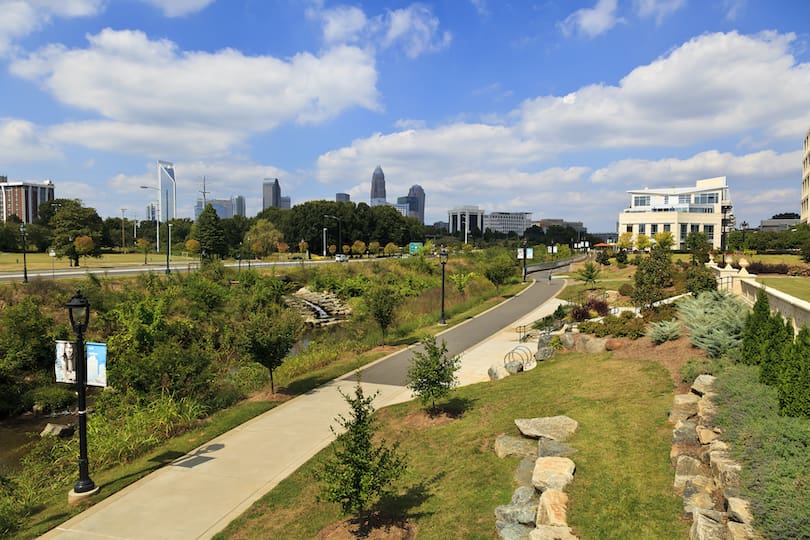




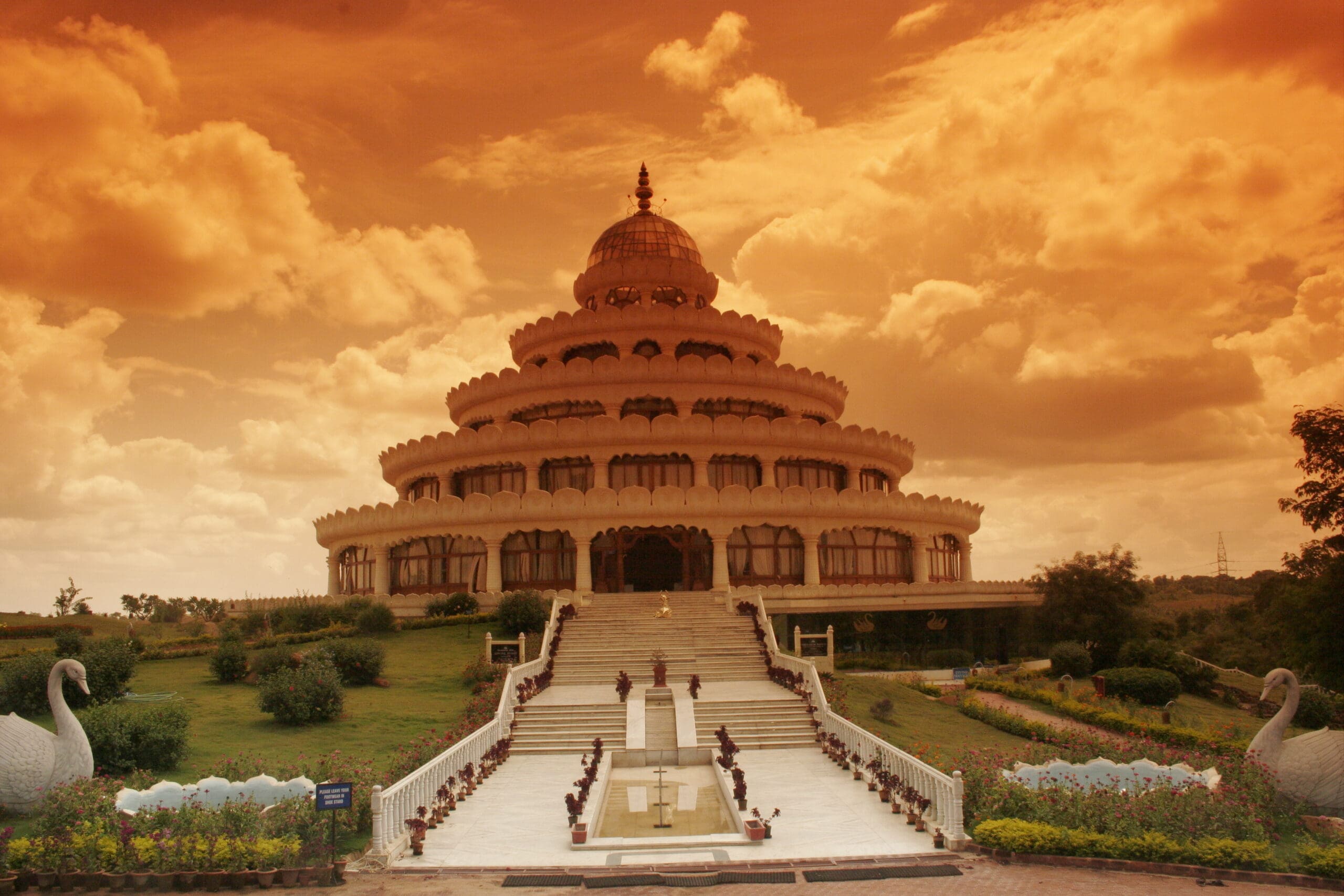


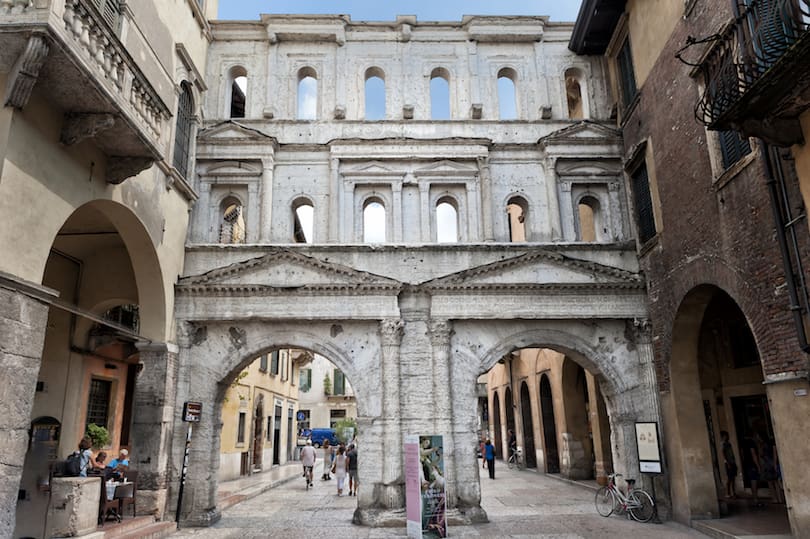



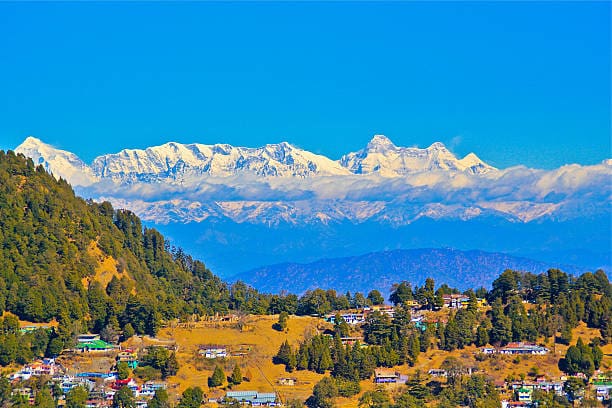
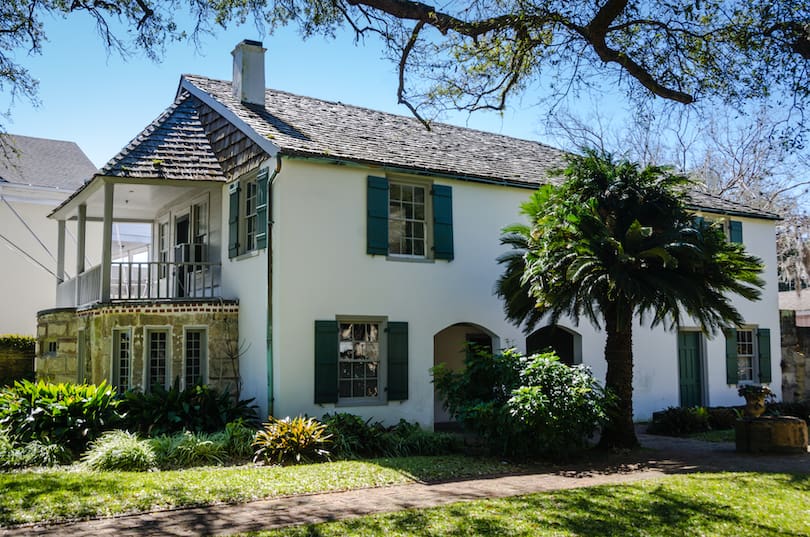

I appreciate, cause I found exactly what I was looking for. You have ended my 4 day long hunt! God Bless you man. Have a nice day. Bye
I was suggested this website by my cousin. I am not sure whether this post is written by him as nobody else know such detailed about my difficulty. You’re amazing! Thanks!
It is actually a nice and helpful piece of information. I am satisfied that you just shared this helpful info with us. Please keep us informed like this. Thank you for sharing.
amoxicillin order online – comba moxi where can i buy amoxicillin